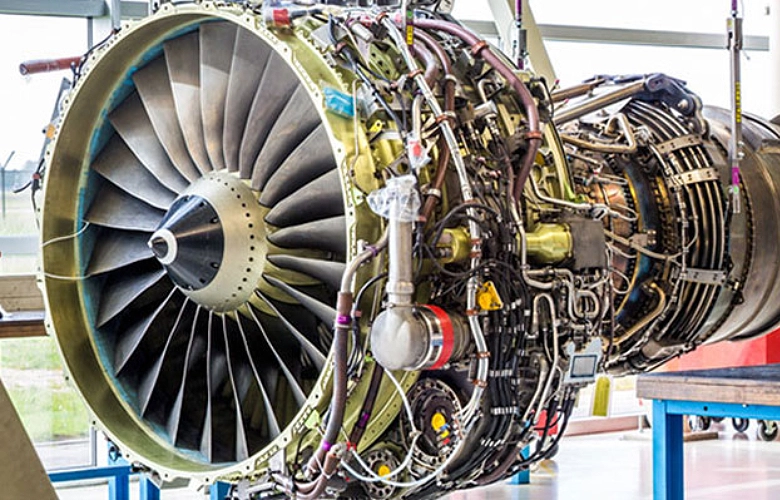An Ultimate Guide to Aerospace Materials

The aerospace industry has grown by leaps and bounds over the past few decades, and one of the reasons for this is the application of the ideal metals and materials for the construction of the various air and space crafts. Whether it’s titanium alloy or anything else, it is vital that these materials meet a number of different requirements in order to be used in the making of aerospace vehicles and crafts. From their weight, to their strength, to their durability, the metals used are chosen based on a variety of characteristics. We at Kalapurna have put together a brief guide on a few of the most popular aerospace materials.
Common Materials Used for Aerospace Systems
Titanium
Titanium happens to share a lot of very useful characteristics with carbon fiber, and is another very commonly used metal in the aerospace industry. It is an incredibly light material while also being highly durable and strong, with an impressive margin of resistance to moisture and corrosion. Much like carbon fiber, it is very good at maintaining stability at extreme changes in temperature and pressure.
Titanium is often considered the one of the best options among aerospace materials, and it has a variety of applications. It is used in the actual structure and frame of aircrafts due to its lightweight and durable nature, but it is also used within the components of aircraft engines. Titanium coating is also used on various parts of crafts to protect them from corrosion.
Aluminum
Another commonly used metal that also has a myriad of applications is aluminum, which offers many useful benefits. Much like titanium and carbon fiber, aluminum offers a fantastic ratio of weight to strength, while also being a very affordable option. It is known to be a very important component in the construction of an aircraft, and one of its properties that makes it so popular is the fact that it is highly resistant to damage by ultraviolet radiation.
Aluminum’s lightweightedness and impressive strength make it great for the wings and the fuselage of an aircraft. It is also often used in engine parts, typically in the form of ducts or casings
Stainless Steel
Stainless steel is arguably the metal that has the most varied applications in the aerospace industry, and one of the main reasons for this is that it is an incredibly resilient and durable material. When it comes to building aircrafts, the ideal materials to use are those that can take a substantial level of tension and pressure without sustaining much damage, and this is exactly why stainless steel is of common use in aerospace. The material is very resistant to corrosive elements, scratches, as well as oxidation at high temperatures.
Stainless steel is used in a variety of areas in an aircraft. Since it is such a resilient material, it is typically used in parts that are the most likely to take pressure and damage, such as the landing gear as well as the fuselage and the wings of the craft. Stainless steel is also often used in the cockpit area of the craft, from where the pilots operate the plane.
Carbon Fiber
ne of the more popular materials used in the field of aerospace, mainly as it possesses a number of favorable characteristics. It is a very useful aerospace material as it helps in optimizing performance, mainly as it is incredibly lightweight while still being very strong. This helps in maintaining a certain degree of fuel efficiency. It considerably outperforms other aerospace materials such as aluminum as well as steel with relation to its weight, which is why it is so often utilized as the material for aircraft wings, tails, as well as fuselages.
Carbon fiber is also a highly impressive aerospace material for its durability, and it is often considered the ideal material to use for more extreme aerospace conditions. It remains very stable even in the harshest of temperatures, and also boasts remarkable resistance to corrosion. The material has all sorts of aerospace uses, and is typically used in making military aircrafts, commercial flights, as well as space crafts.